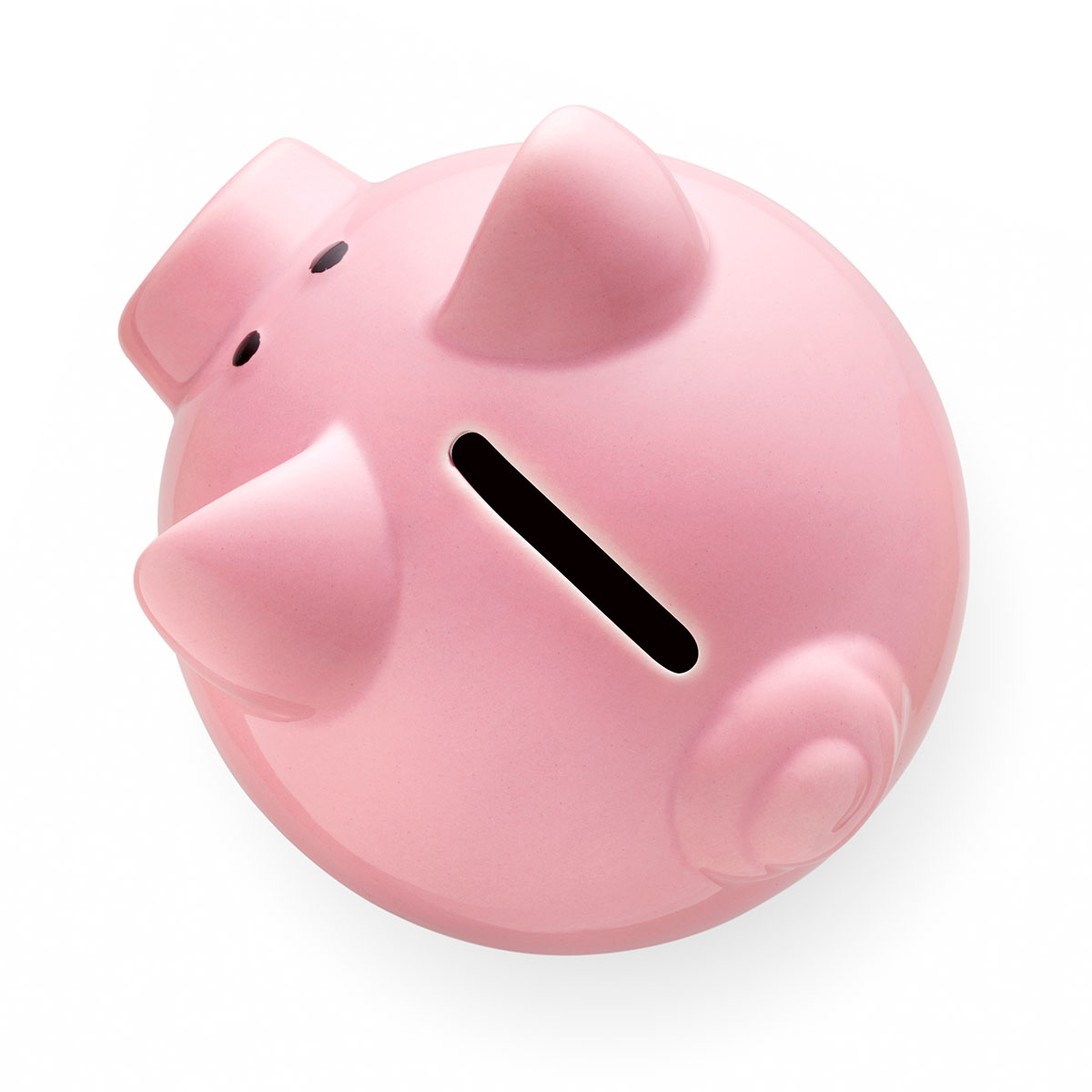Perhaps the most important rule regarding oral health is this: Don’t let minor problems go unattended. Otherwise, they’re likely to turn into major issues. Treatment for extensive dental problems can be time-consuming, painful and expensive.
Fortunately, preventing dental problems is often easy and cheap. Here’s a rundown of simple, inexpensive ways you can maintain great oral health:
Brush Up on the Fundamentals
Brushing is such a routine part of dental care that the daily details can be easy to ignore. Does your brain go into auto-pilot when brushing? Don’t forget about the brushing basics.
Brush at least twice a day, waiting about a half-hour after eating. Hold the brush at a forty-five-degree angle against your teeth. Brushing hard and fast isn’t necessary. Instead, be as thorough as possible by brushing for at least three minutes each time.
How you hold the brush makes a big difference. Brush your entire mouth while holding the toothbrush in one hand. Then switch hands and brush your teeth again. The different angles increase the brush’s reach and coverage area.
Potential Cost: Nothing! Changing up your brushing style doesn’t cost a penny.
Remember to Floss Every Day
Flossing is easy to ignore. But plaque and debris can thrive in-between your teeth. Left unattended, this material can harden into tartar and eventually lead to tooth loss.
Take about 18 inches of floss and wrap it securely around each middle finger leaving about two inches between. Gently slide the floss between each tooth. Curve the floss under the tooth into the gum line as much as possible without forcing.
If traditional floss feels too cumbersome to use, go with either floss sticks or a water flosser. When you floss doesn’t really matter. Just make sure to floss at least once a day.
Potential Cost: Low to medium. Regular floss and floss stick are very inexpensive. A water flosser costs anywhere from $30 to $100.
Identify and Avoid Sugary Foods and Drinks
What you eat and drink has a powerful effect on your oral health. Sugar is the number one cause of tooth decay worldwide. You probably already know sugar is found in candy, cookies and other, well, sugary treats.
But sugar is also found in quite a few unexpected places, too. For instance, breads, pudding, juice drinks and sports drinks all have a sky-high sugar content. Don’t just assume because a food or drink isn’t sweet it’s also low in sugar. Read the labels carefully.
Potential Cost: Low to negligible. Removing sugary foods and drinks from your diet will save you money. The cost of replacing them with healthier snacks will vary.
Drink Lots of Water
Staying hydrated has a variety of health benefits for almost every part of your body, including your mouth and teeth. Water helps wash food particles and other debris from between your teeth. Plus, water also helps increase saliva production, which is the body’s natural way to keep the mouth clean.
Men should drink about 3.7 liters of water a day and women should drink about 2.7. But these are just general guidelines. You want to drink water steadily throughout the day. By the time you feel thirsty, you’re already slightly dehydrated.
Plus, tap water contains fluoride. Regular exposure to fluoride helps protect teeth from cavities and dental decay.
Potential Cost: Low. Tap water is an easy and free source of fluoride.
Visit Your Dentist Regularly
The earlier dental decay is detected, the easier it is to treat. Regular dental appointments are the best way to spot potential problems. Generally speaking, you should visit the dentist every six months, although he or she will help determine the best schedule for your needs.
Of all the items discussed above, dental appointments have the highest initial cost. While the price will vary based on a few factors such as location, the dentist’s price list and more, the average cost of a cleaning is about $100. However, dental check-ups will help you save money in the long run. Major dental repairs can have a big price tag, so you want to detect problems while they’re developing and cheaper to fix.
A Cigna dental discount plan is an effective way to save on many types of dental procedures often including check-ups and other preventative measures. Plan members present their discount cards directly to the participating dentist for instant savings. You can use the Cigna dental plan as often as you like and coverage even applies to dental conditions you had before purchasing a membership.
Potential Cost: With a discount card, you can save between 15% and 50% on many different dental procedures.
Save Money While Saving Your Teeth
You don’t need to spend a ton of money to have a beautiful, healthy smile. A daily commitment to brushing, flossing and proper nutrition will help keep most problems at bay. Plus, regular check-ups at the dentist’s office help detect and prevent major dental issues. After all, nothing is more valuable than great oral health!







